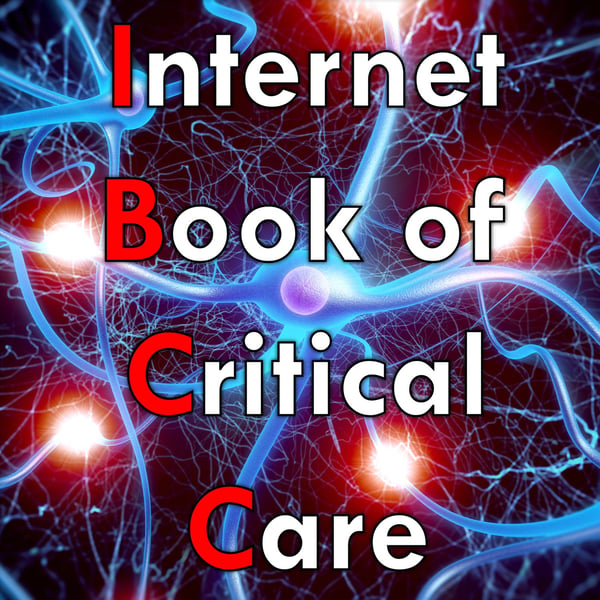IBCC Episode 29 - Hypertensive Emergency
The Internet Book of Critical Care Podcast
Adam Thomas
5 • 714 Ratings
🗓️ 23 March 2019
⏱️ 31 minutes
🧾️ Download transcript
Summary
Just like when you were a kid and that science fair volcano was spewing badness everywhere... an unchecked perfusion pressure can wreak havoc on your end organs. In this podcast, we cover the true primary emergency that results from too high of perfusion pressure. Come take a listen for all things diagnosis, treatment and even a nice coverage of PRES.
Transcript
Click on a timestamp to play from that location
| 0:00.0 | All right, welcome back to the Internet Book of Critical Care podcast. |
| 0:09.5 | I'm here with Adam Thomas. |
| 0:10.3 | We're going to talk about hypertensive emergencies. |
| 0:12.8 | Josh, isn't this your favorite consult? |
| 0:15.3 | The systolic is 230. |
| 0:17.7 | It's 230. |
| 0:19.0 | It's an emergency. |
| 0:37.9 | Don't get me started. That underscores the importance of this topic, guys. So we're going to cover some really important hypertensive emergencies with end organ dysfunction in today's podcast. The whole point here is we're going to cover how to measure a blood pressure and what's a meaningful number that's a problem. |
| 0:43.3 | We'll talk about what the causes are and the treatments. Again, remember that every specific hypertensive emergency has its own specific treatment and you can see those in their own chapters. |
| 0:48.4 | But today we'll talk about intravenous anti-hypertensive agents that are boluses versus infusions |
| 0:53.4 | and how to transition your patients to oral anti-hypertensive agents that are boluses versus infusions and how to transition your patients to |
| 0:55.4 | oral anti-hypertensis. What hypertension podcast would not be fulfilled without talking about |
| 1:02.0 | the specific entity that is press? So we'll top it off at the end of the day with that. So Josh, |
| 1:07.5 | let's get into the most important underpinning from this topic is what is a high |
| 1:13.5 | blood pressure, what number is meaningful, and how do we use the map? Yeah, so first off, I just |
| 1:18.7 | want to emphasize for this podcast, and I think probably in general for most critical care, |
| 1:22.7 | map is really the way we should probably be thinking about blood pressure predominantly for a couple |
| 1:26.7 | reasons. First of all, now that we're all using oscillometric blood pressure monitoring, at least up front, |
| 1:31.5 | to identify these patients. That's actually what the blood pressure cuff is measuring. It's the |
| 1:35.4 | map. And systolic and diastolic are extrapolated from that. But the map is the single most accurate |
| 1:40.2 | number that we're getting off our blood pressure cuff. I'm going to underscore that. Everyone |
| 1:43.4 | listening right now, perk up again. |
... |
Please login to see the full transcript.
Disclaimer: The podcast and artwork embedded on this page are from Adam Thomas, and are the property of its owner and not affiliated with or endorsed by Tapesearch.
Generated transcripts are the property of Adam Thomas and are distributed freely under the Fair Use doctrine. Transcripts generated by Tapesearch are not guaranteed to be accurate.
Copyright © Tapesearch 2025.

